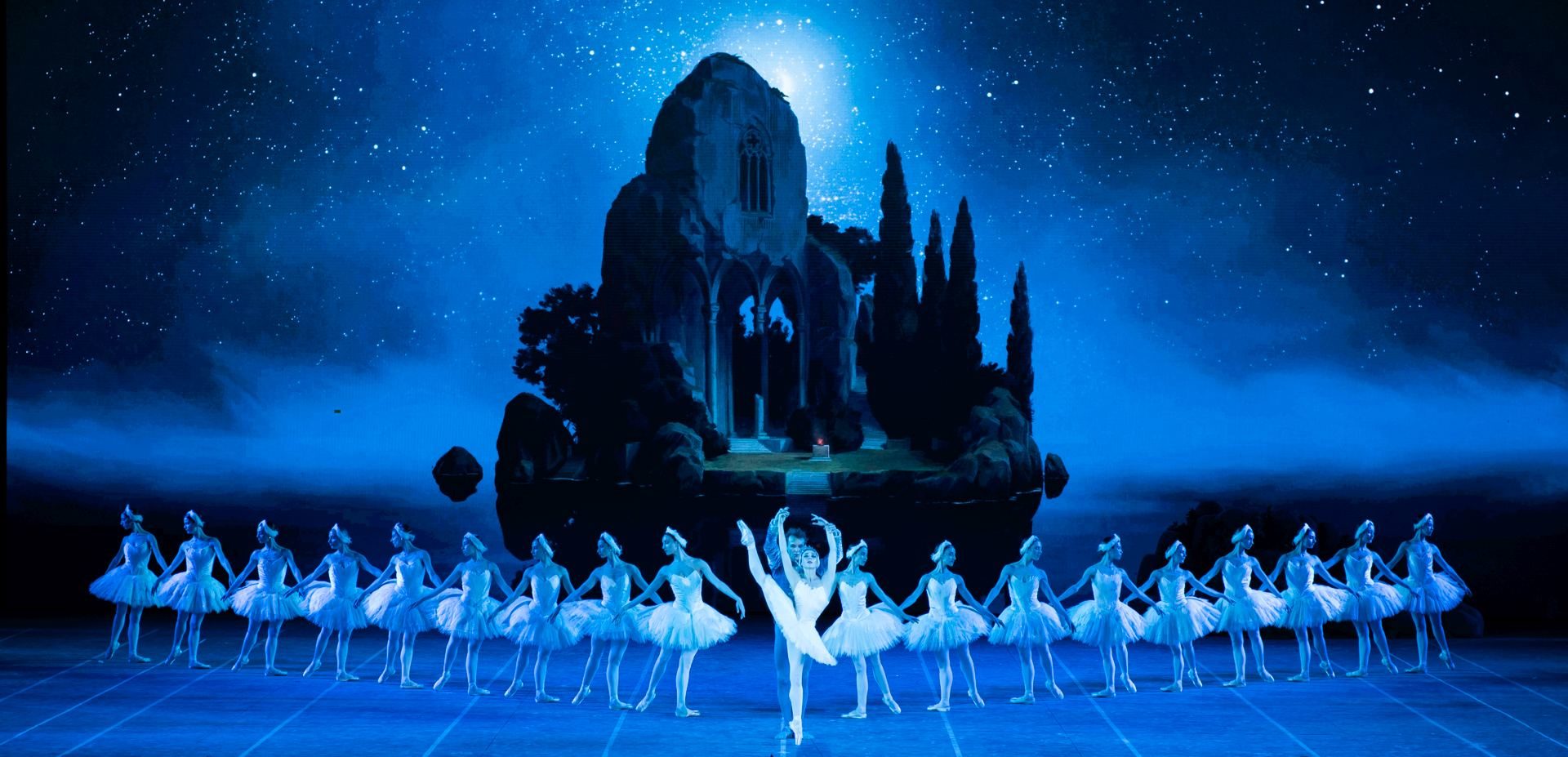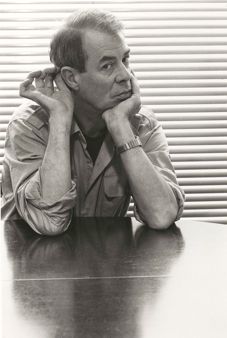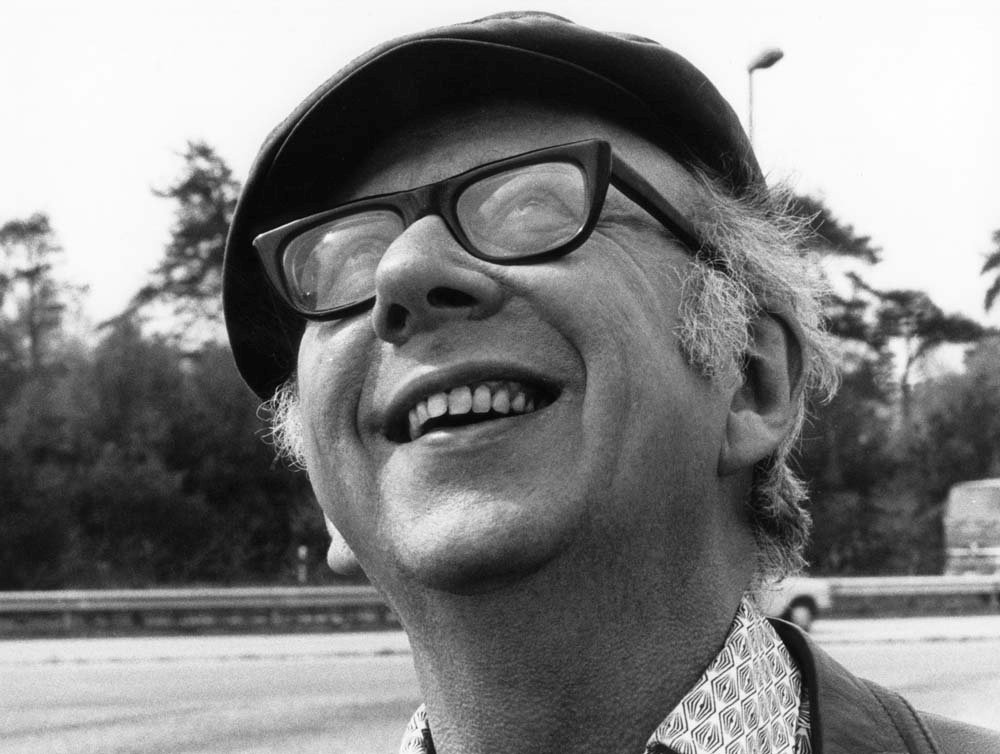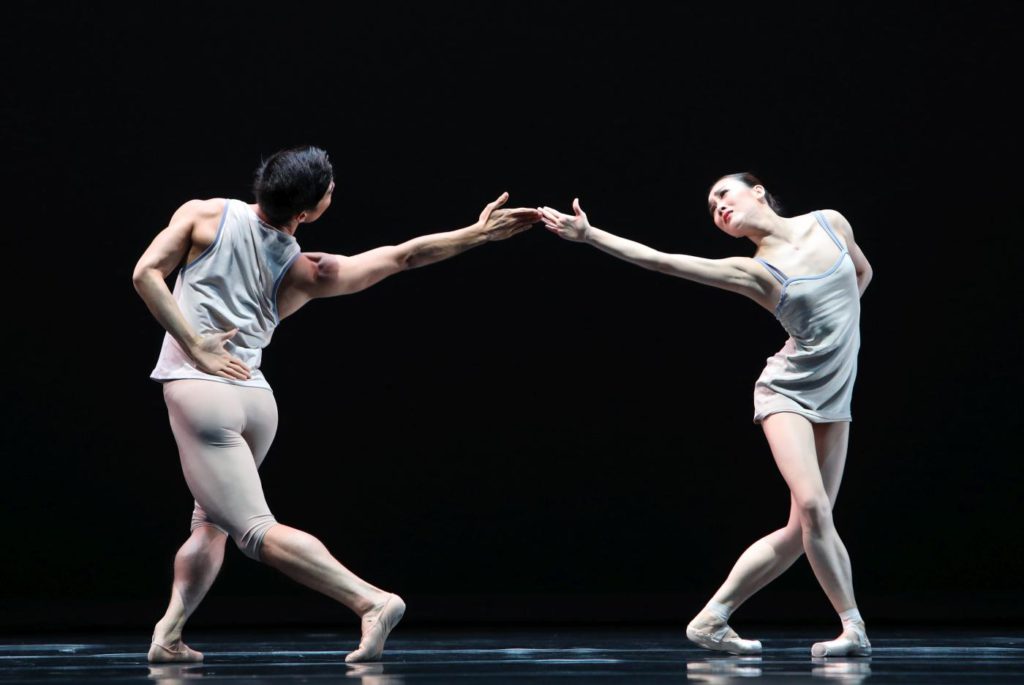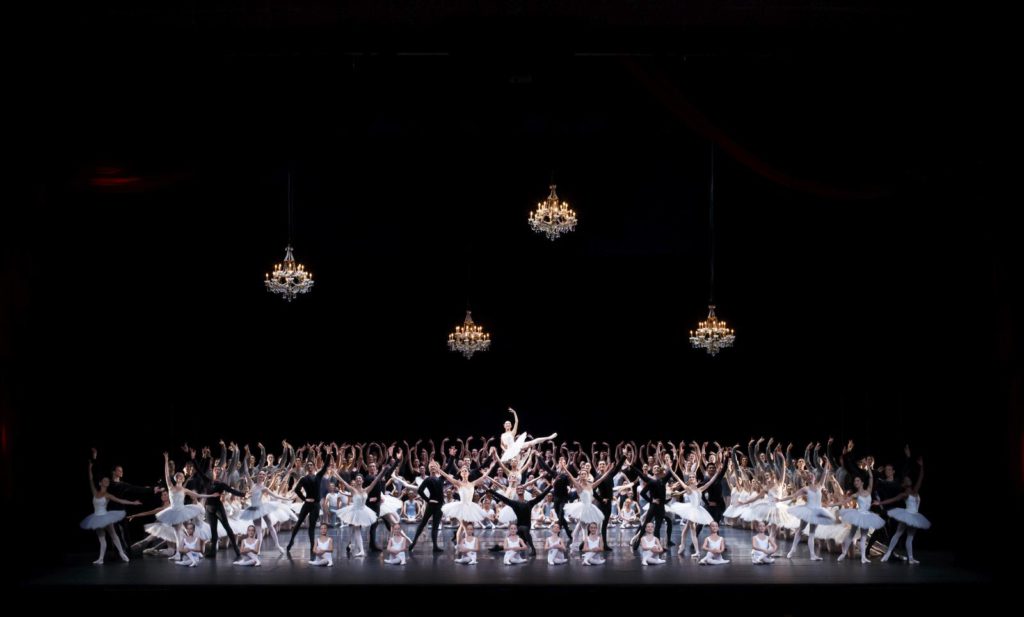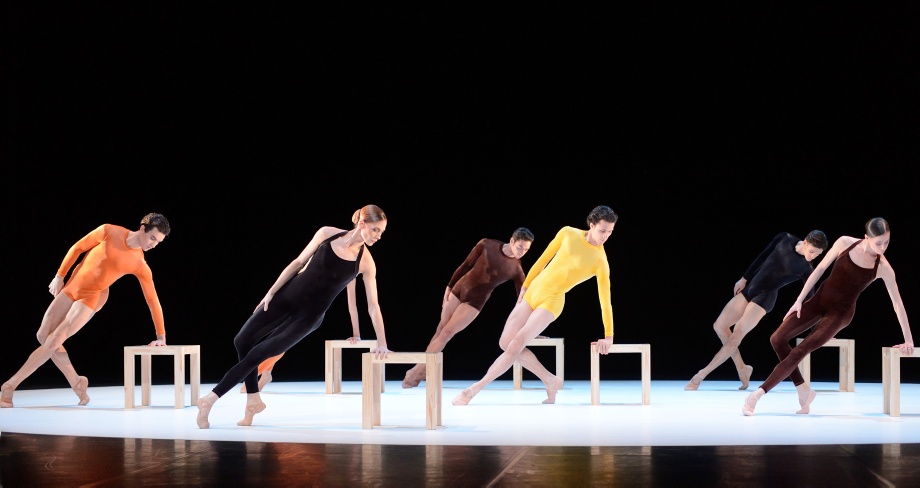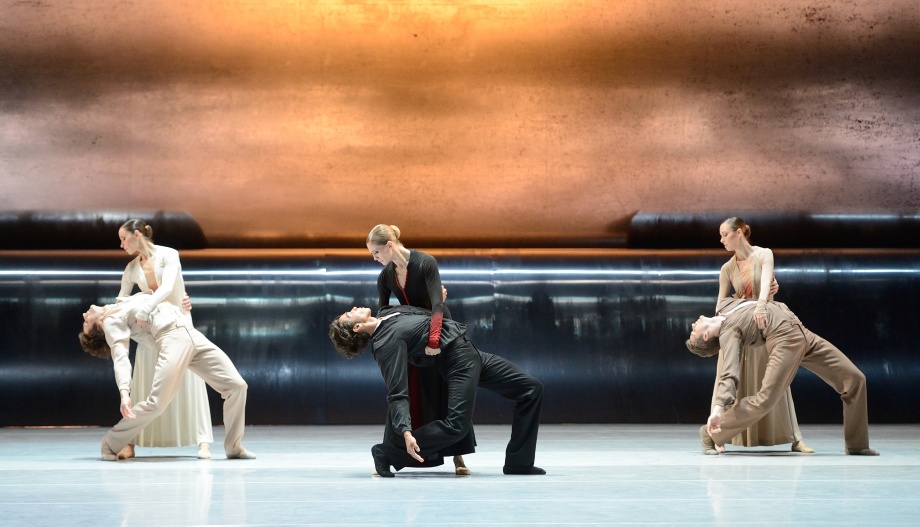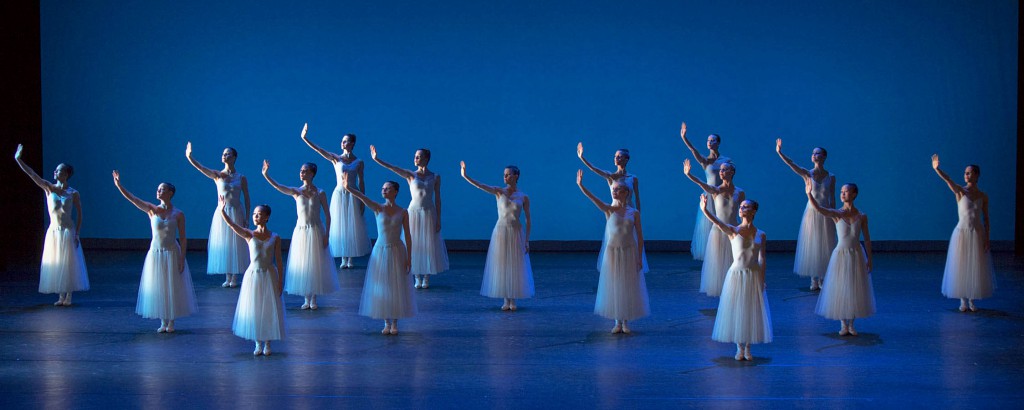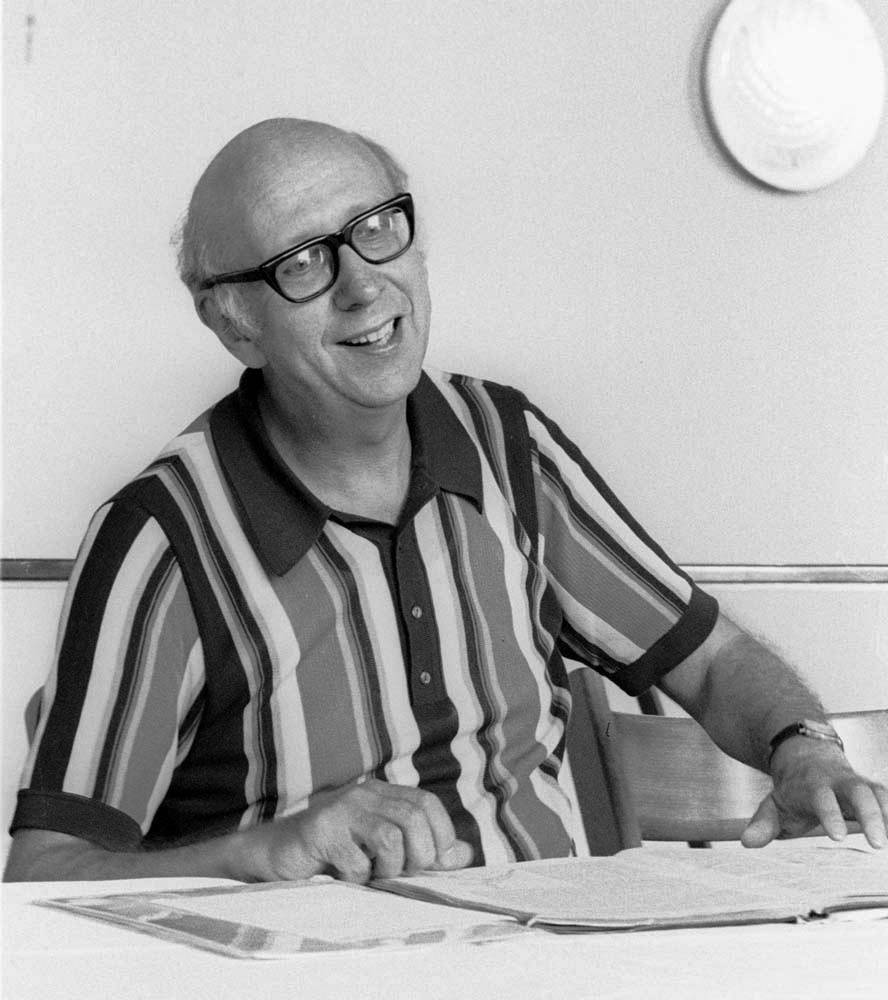“Ground Breakers”
Stuttgart Ballet
Stuttgart State Opera
Stuttgart, Germany
December 15, 2013, 2pm
by Ilona Landgraf
Copyright © 2013 by Ilona Landgraf
 Stuttgart Ballet, seldom lacking self-assurance, titled its new ballet evening “Ground Breakers”. The German term “Fort//Schritt//Macher” better conveys this triple bill’s intention: Presented are works by three choreographers of different epochs, all driving forces behind European modern ballet’s progress, in short true trailblazers. And further all three – William Forsythe, Hans van Manen and Marco Goecke – are closely associated with the company or are even home-bred.
Stuttgart Ballet, seldom lacking self-assurance, titled its new ballet evening “Ground Breakers”. The German term “Fort//Schritt//Macher” better conveys this triple bill’s intention: Presented are works by three choreographers of different epochs, all driving forces behind European modern ballet’s progress, in short true trailblazers. And further all three – William Forsythe, Hans van Manen and Marco Goecke – are closely associated with the company or are even home-bred.
William Forsythe spread his choreographic wings in Stuttgart. There he made his debut at an evening of the Noverre Society, which promotes up-and-coming talent. Several pieces for Stuttgart Ballet followed and, after some years as freelance choreographer, Forsythe was appointed artistic director of Frankfurt Ballet in 1984. Striving after continual development, he modernized 20th century ballet by deconstructing all aspects of ballet, reassembling the fragments into abstract and speedy movements. Off-balances and overexpansions are his hallmarks. Forsythe also became more and more interested in other fields such as literature, philosophy, media and architecture, which he draws upon for inspiration. His approach is as cognitive as a researcher’s. Though Frankfurt Ballet was liquidated in 2004 for financial reasons, Forsythe continues his search for innovation with “The Forsythe Company”, founded in 2005, which resides in Dresden/Hellerau and in Frankfurt’s Bockenheimer Depot.
(more…)
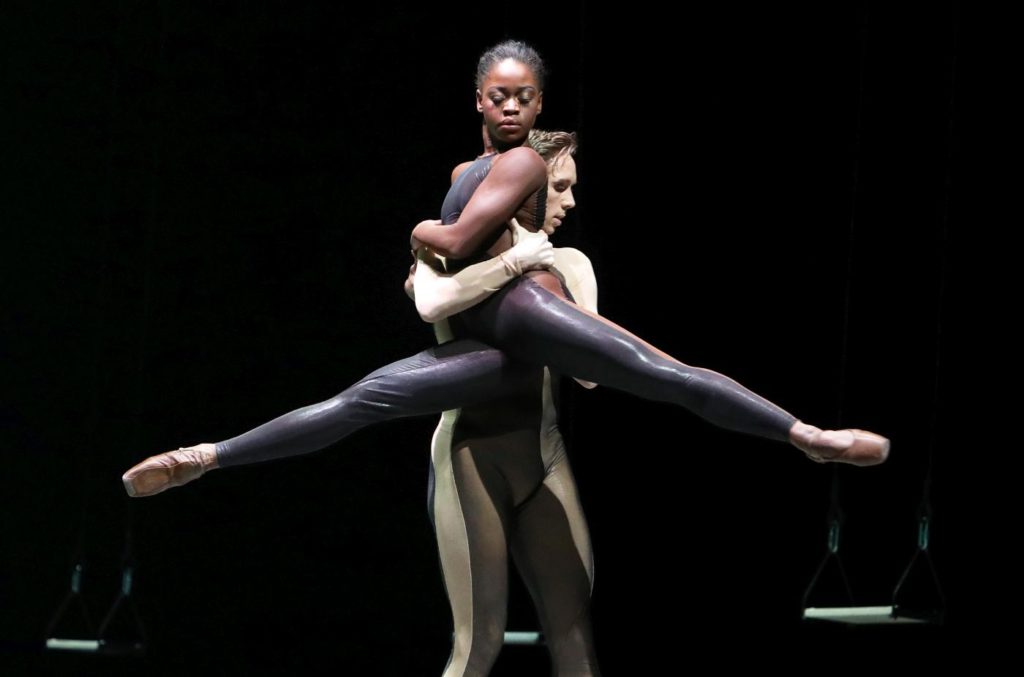 Last weekend was a busy one for Dutch National Ballet. The company premiered two mixed bills of four pieces each, one on Saturday evening, the second in a matinee on Sunday. In addition it held a two-day conference titled “Positioning Ballet” to discuss central topics concerning the art form with international guests on the panels. Clearly a huge effort had gone into its organization. It totally paid off. The weekend was a success and the conference will hopefully lead to regular meetings in the future. (more…)
Last weekend was a busy one for Dutch National Ballet. The company premiered two mixed bills of four pieces each, one on Saturday evening, the second in a matinee on Sunday. In addition it held a two-day conference titled “Positioning Ballet” to discuss central topics concerning the art form with international guests on the panels. Clearly a huge effort had gone into its organization. It totally paid off. The weekend was a success and the conference will hopefully lead to regular meetings in the future. (more…)